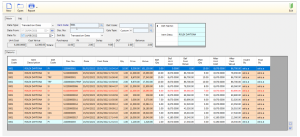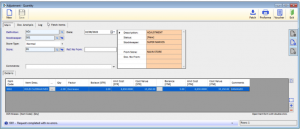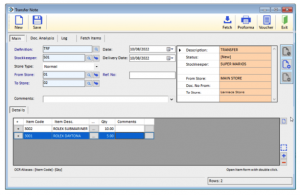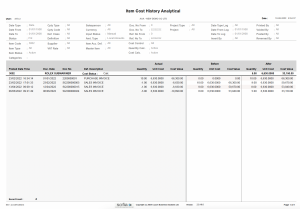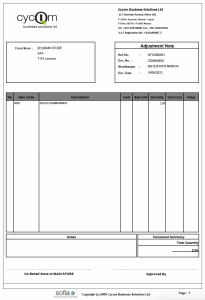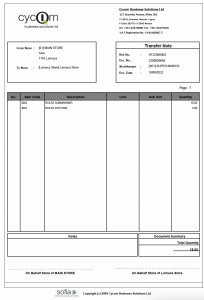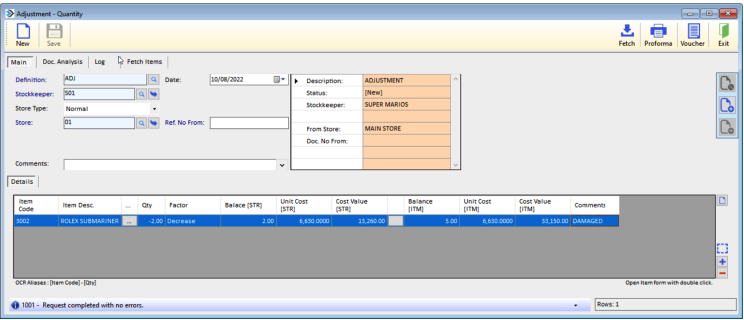
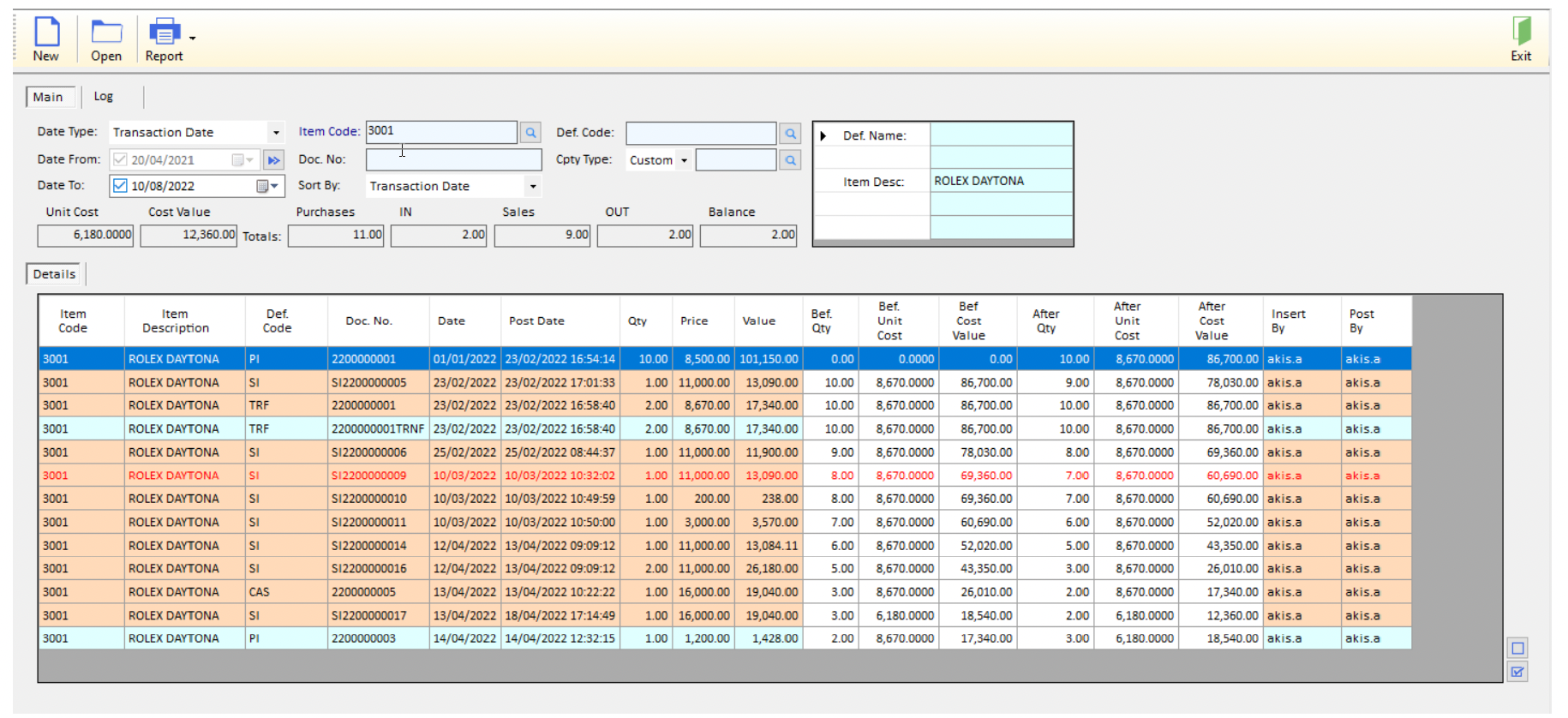 The Sofia Inventory Management System is based on Oracle relational database technology and an Open Systems Architecture that allows users to organize and adapt the system to meet their specific requirements.
The Sofia Inventory Management System is based on Oracle relational database technology and an Open Systems Architecture that allows users to organize and adapt the system to meet their specific requirements.
The System is a comprehensive System covering and supporting organizational warehouse needs throughout the entire warehouse management cycle. It provides all the functionality needed to comprehensively control items in warehouses. This includes planning and costing information, inventory valuation and stock status information. It performs all aspects of inventory tracking and reporting.
Flexible
The Sofia Inventory Management System offers unrestricted flexibility by allowing you to customize the system according your warehouse Business Processes. You may define multiple transaction definitions that govern how the different warehouse documents will behave depending on your organizational needs.
Simple to Use
The System incorporates internationally accepted graphical elements, according to the Microsoft Windows standard, delivering a familiar “look and feel”. This minimizes training time and allows users familiar with the Microsoft Windows interface to get “up and running” soon after the system is installed.
Customized Reporting
Reports can be generated as and when required. Flexible report selection criteria allow you to restrict the information to be printed and the way that these will be sorted. Using the preview windows, reports can be viewed on the screen before being sent to the printer. The Crystal Report Writer allows your expert user to design any custom report from the database without programming.
Ad-Hoc Queries
Enter your search in the empty text boxes of a form and press the query button to have the system select all the information matching the criteria entered. View the results of the enquiry in a tabular form.
Integrated
The Sofia Inventory Management System is fully integrated with the Sofia Financial Management System, both in terms of their visual interface as well as their underlying mechanics and database. All related systems are updated concurrently and no special or lengthy procedures need to be executed periodically. An inventory document updates both the Sofia Inventory and Sofia Financial Management Systems. Additionally, you may define multiple Interface definitions with the Sofia Financial Management System and thus capture as much information as required in the Sofia Financial Management System in terms of Journals, Accounts and Transaction Analysis.
Email Enabled
All reports can be forwarded to any recipient or group connected to the electronic mail system after being previewed on the screen.
Multicurrency
The System holds stock movements in and out of the warehouse in base currency but it can accept and record purchases and sales made in foreign currency too.
Secure Role-Based Access Control
Your system administrator can assign each user to a role-based group. To each group the administrator can assign the functions that are to be accessible to all users of that group. For example, one group could have access to the account enquiry and document entry functions but could be restricted from accessing the batch posting function or viewing of costs. By restricting the functions available to particular users, you can reduce the potential for a security problem.
Inventory Reports
These reports include Item Cost History, and Item Store Cost History, that can be produced in summarized or analytical format. The groupings of the report are user defined and they can be grouped by various methods.

